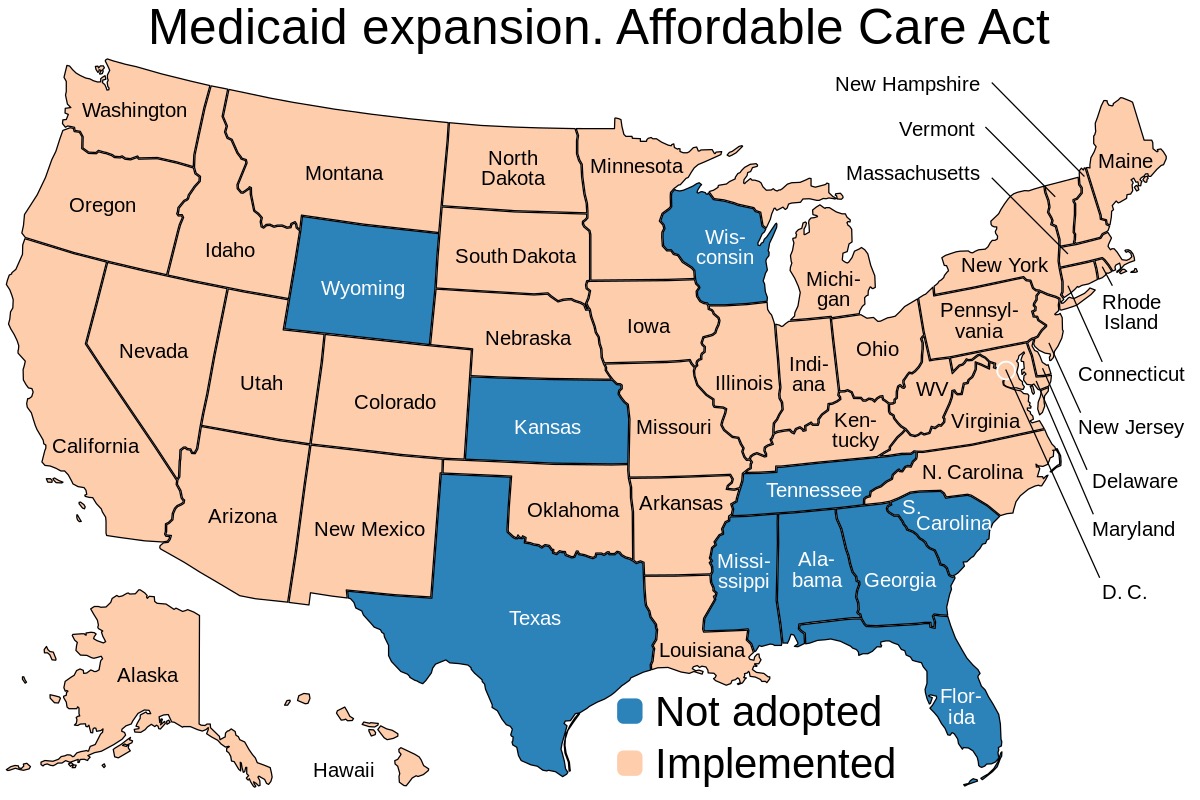What do We Mean When We Say Racial Equity?
Mar 12, 2014
During a staff meeting about the Institute’s work, one of my colleagues turned to me and said, “When we write about racial equity, we expect people to not only know what we are talking about but also to understand it.” I turned to her and said, “They don’t?”
That statement inspired my thinking. So here is the first in a series of posts that give context to the term “racial equity”.
First, let’s define it:
Racial equity results when you cannot predict an outcome by race. It is quantifiable and measurable.
You ask, “What is an outcome?” Think of an indicator, like household income, high school graduation rates or reading proficiency for children at 3rd grade.
Now, is it possible for you to predict differences in your selected outcome or indicator by race?
If yes, then the outcomes are not racially equitable. In the figure below, the indicator is the percentage of male students in all grades who experience chronic absence, broken out by race or “disaggregated”. The data tell us that 12% of all students experience chronic absence. When you analyze the data by race, 20% of African American males experience chronic absence compared to 6% of White males. This outcome is not racially equitable. The next step in the analysis is to explore the reasons for differences in the data results between African American males and their counterparts.

Racial equity is the result achieved when you can’t predict advantage and disadvantage by race. This can measured!
How can I find if my selected indicator is racially equitable?
• First step: select an indicator where data are available.
• Second step: Disaggregate the selected data by race.
Written by:
Joanna Shoffner Scott, Ph.D








